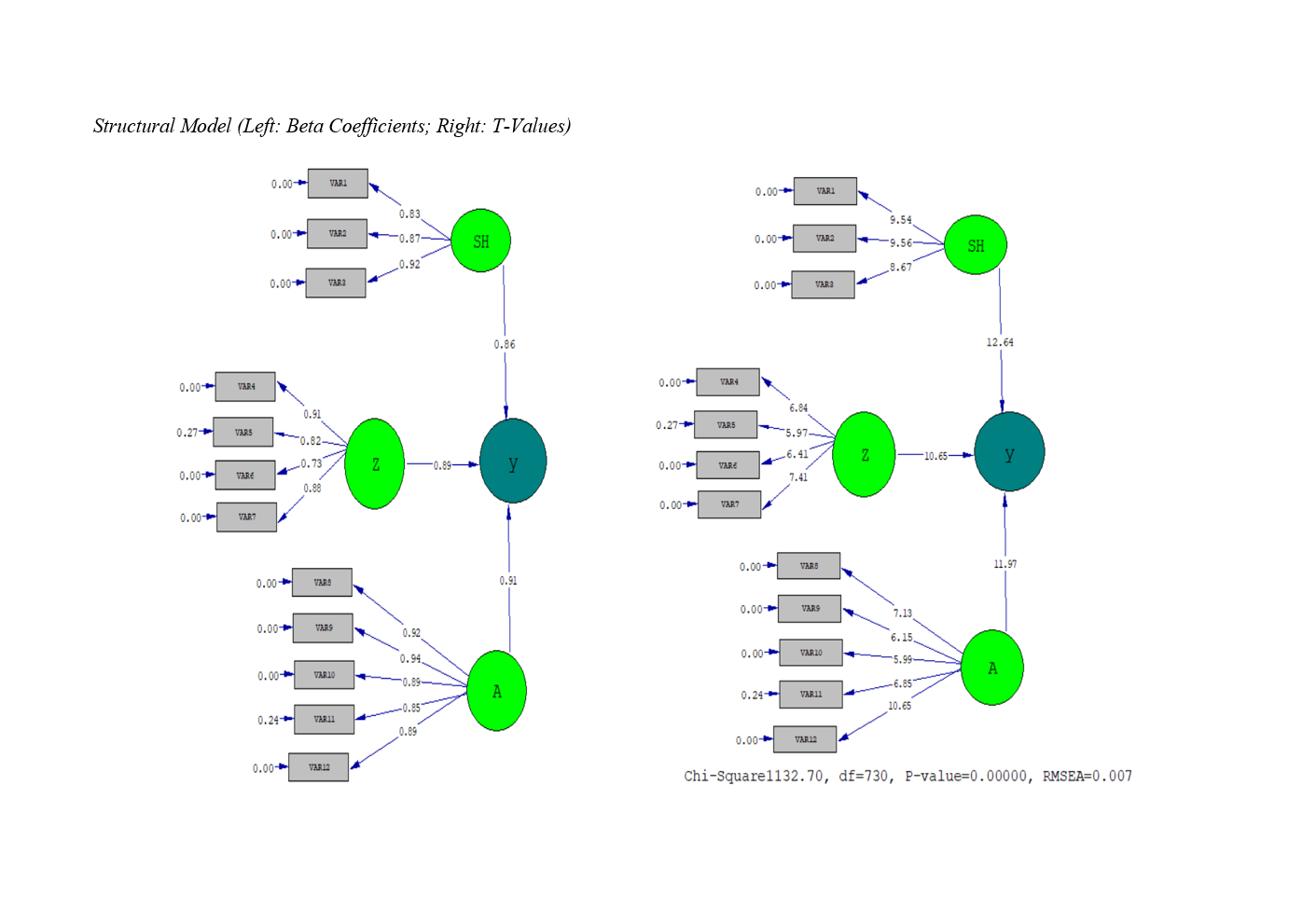Explaining the Structural Model of Factors Influencing the Retention and Maintenance of Human Capital Based on Organizational Productivity
Keywords:
Human capital retention and maintenance, organizational productivity, individual factors, organizational factors, group factorsAbstract
Objective: An organization demands its employees to possess the maximum potential benefits and expects them to meet organizational needs. Therefore, in a new perspective, the creation of an appropriate environment for the retention and maintenance of human capital and its connection to increased organizational productivity has been introduced as an important step towards the realization and achievement of objectives, including organizational productivity. The aim of this paper is to explain the structural model of factors effective in retaining and maintaining human capital based on organizational productivity in the National Iranian Oil Company.
Methodology: The research method was descriptive-survey, and the statistical population consisted of senior managers and deputies in the human resources domain from the National Iranian Oil Company in headquarters and field staff (582 individuals), of whom 235 were selected as the sample using Cochran's formula. Interviews and questionnaires were used as data collection tools, validated through content and construct validity, and reliability was established using Cronbach's alpha coefficient. For data analysis, statistical methods and tests such as Pearson correlation coefficient, single variable t-test, Kolmogorov-Smirnov test, exploratory and confirmatory factor analysis were used, employing SPSS and LISREL software.
Findings: The results indicate that the investigation into creating an appropriate environment for retaining and maintaining human capital and increasing organizational productivity involves individual factors, organizational factors, and group factors, each including components that significantly impact the productivity of the organization at the National Iranian Oil Company. The research also showed that retaining and maintaining human capital is key to improving and increasing organizational productivity, with the most influential components on productivity in the National Iranian Oil Company being organizational factors—performance management (efficiency and effectiveness) with an impact of 0.85, merit selection with an impact of 0.83, intellectual capital smartization with an impact of 0.80, talent management with an impact of 0.80, and individual factors—ability and knowledge with an impact of 0.79.
Conclusion: A comprehensive human resource retention program can play a vital role both in attracting and retaining key employees and in financial turnover and other human resource costs. These factors significantly aid organizational productivity and overall business performance. It is far more efficient to retain a competent employee than to hire, train, and guide a replacement with similar capabilities.
Downloads

Downloads
Additional Files
Published
Submitted
Revised
Accepted
Issue
Section
License
Copyright (c) 2024 Sanjar Salajeghe, Hamid Reza Mollaie, Saeed Sayadi, Zahra Shokoh, Morad Moradpoori , Saam Sepehri (Author)

This work is licensed under a Creative Commons Attribution-NonCommercial 4.0 International License.















